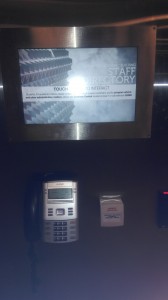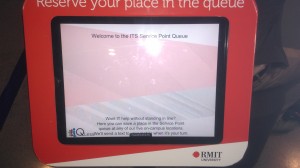Week 3- -Media is a public practice-Reading-Thoughts
A case study on ‘Tagged’ questions the ethical decisions that pre-occupy documentary film makers. The essay was written to explore how ethical issues are interwoven into the aesthetic and discursive structures of film due to the filmmaker’s choices. The essay examines the ‘Ideological Argument embedded in the aesthetic choices of the film’. It looks at Ethics encoded into the text and encountered in the course of production. Early on in the essay, it is deemed Tagged is ethically fine ‘In acknowledging its subjectivity it makes no claims to present the absolute truth’. However as the essay continues the author, Donavan, conveys how easily participant rights and consent can be broken, and shows how deeply moral decisions affect the text and the rights of the participant. If consent is granted in one context, does it still apply to another? Is is questions like this one that gave the essay its premise
‘This is an extension of the concept of the Gaze, the notion that the space between the camera and the subject of the camera is a space in which power relationships occur.’ Potentially a film maker could belittle an individual or portray the person subtly in a negative light depending on what else constitutes the shot e.g. music, framing, shot size……Even if they don’t do this explicitly or through words.
Documentary filmmakers are constrained, bound by ethical decisions and how they respond to these decisions manipulates their ‘voice’ as artists and interpreters. The style of the documentary, the music used, sound FX, intertitles all conveys the directors ethical stance towards the subjects and story. Filmmakers are also bound by constraints such as money, time and various other broadcasting constraints.
A question I would like to pose, but not necessarily answer is How do these constraints effect what is created? Do these constraints add more pressure for the filmmaker to ‘Do the right thing’, Should they be constantly revised in order for all films to be completely ethical? And if so, would this take away creative license and unique documentary film-making?
‘The unprivileged camera style is ‘a style based on the assumption that the appearance of a film should be an artefact of the social and physical encounter between the film-maker and the subject’. In ‘Tagged’ the film maker, in order to capture events as neutrally as possible, sacrifices perfect framings and angles. This is an example of an ethical decision made by the film-maker that affects the aesthetics of the film. By doing this he ‘captures a sense of being present’ and adds to the observational style of the film. The film-maker didn’t want to view or portray the teens from Bankstown through an opinion or ideology, he just wanted to present the truth. In order to do this Tagged uses an ‘extremely long take’ which goes against the traditions of standard documentary film-making. By doing this and including imperfect shots in the film, the audience is reminded of the filmmaker’s humanity and like them, the filmmaker is an observer who is ‘fallible’ and ‘rooted in physical space and society’.
What degree of creativity can a documentary maker bring to a film without obscuring the truth? This issue is correlated to the question, How much mediation is considered ethical? In Tagged the film maker has a duty of care to his participants which he followed, he wanted to see individuality co-exist with ‘collaborative respectful relationships’ in the film, and consequently find the truth. This was done was through the use of conversation. As the essay contends ‘conversation initiated a process through which original knowledge could be generated’. ‘Taggeds’ conversation is documented over the space of four years allowing the viewer to see genuine changes in the participant’s demeanor and attitude, potentially due to age and additional maturity.
Finally, MacDougal based his ethical decisions in order to not only present the truth, which was against the Media’s stereotype of Bankstown teenagers, but to also convey the ‘richness and immediacy’ of his encounters with young people from Bankstown.


